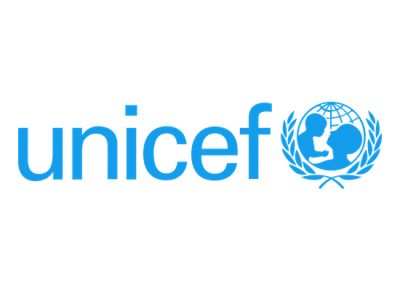Primary Functions
- Find guidance on which aspects to consider when planning and implementing a hygiene promotion campaign as part of a broader risk communication and community engagement strategy.
Detailed Description
This Note provides guidance on which aspects to consider when planning and implementing a behaviour focused hygiene promotion interventions and activities as part of a broader infection prevention and control (IPC) and risk communication and community engagement (RCCE) strategy. It is not meant to provide a comprehensive guide to designing a behavior change campaign, but rather prompts and questions to think about when engaging with national and local governments and how to promote collaboration with Communication for Development (C4D) on behavior change interventions in the context of this new virus. The content is based on lessons learnt from hygiene promotion during past public health emergencies and general programming.
This document is intended for WASH and C4D officers at country offices working together on the Covid19 outbreak preparedness and response. The document contains guidance on reviewing existing resources and coordination mechanisms, identifying the right intervention and considerations for sustainability and monitoring. The annex contains practical check lists and tips to maximize the impact of hygiene promotion. The extent to which UNICEF WASH and C4D officers are involved in behaviour related hygiene promotion activities varies by country and depends on (1) presence and capacity of UNICEF C4D and WASH colleagues; (2) strength of government systems, especially related to the existence of channels, campaigns and promotion activities (e.g. national health/nutrition/education promotion).
Essential facts about Covid-19 for hygiene programming:
- Covid-19 is a new disease and evidence is evolving. The virus is thought to spread mainly from person to person through respiratory droplets and contact with these droplets on surfaces.
- Respiratory droplets are generated when an infected person coughs or sneezes.
- Droplets may also land on surfaces where the virus could remain viable1 and thus the immediate environment of an infected individual can serve as a source of transmission (contact transmission).
- To date, there is no evidence that COVID-19 spreads through feces.
- The rapid spread of the disease and the ensuing temporary overload of the national health system demands for effective measures to slow the spread of the disease.
- Many countries are responding to the spread of Covid-19 by limiting or recommending limiting mobility across and within communities. Planning for limiting human-to-human contact will need to be an essential part of the response to the Covid-19 outbreak.





